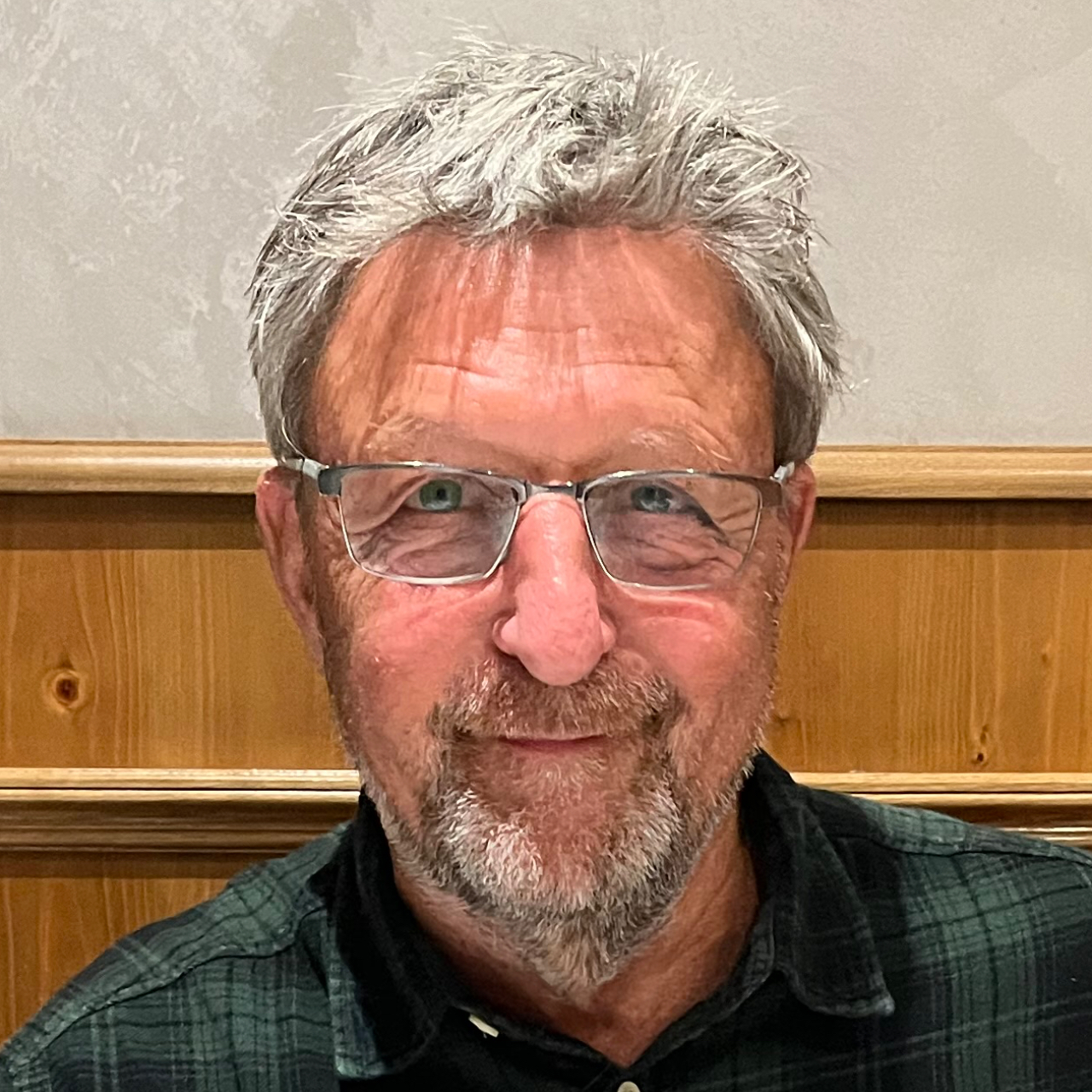Reliable material quality and shape in 3D printing with tool steel and heat-treated steel before reworking
In metal 3D printing, process parameters are developed using simple shapes. However, complex end components impact production conditions significantly. How can you check whether a part has been manufactured under qualified conditions? Dr. Stefan Czerner presents a solution in his presentation.
Today's quality assurance in additive manufacturing determines parameters for 3D printing on test specimens. In the powder bed fusion process using lasers and metals (PBF-LB/M according to ISO 52900, or formerly SLM), these are primarily laser power, feed rate, hatch spacing, and layer thickness. These are the key parameters that can be used to influence the speed of the construction process. The parameter VED takes these parameters into account. VED stands for volumetric energy density. Of course, the heating and cooling rates of metals influence properties such as fine grain size, precipitates, cracks, and pores. However, a wide variety of material properties can be achieved with the same VED values. Nevertheless, this value is widely used in literature and discussions. We need to rethink this.
Other properties, such as powder properties (ISO 52928:2024) or gas quality, gas velocity, etc. (ISO 52949:2025), cannot be varied so quickly and are therefore often specified before the parameters used in the VED are optimized.
Once the optimized parameters have been determined, all adjustable parameters are qualified and specified (ISO 52929). The qualification uses either round or flat tensile specimens.
However, the 3D-printed components do not subsequently have the shape of the cubes on which the parameters were developed, nor do they have the shape of the test specimens on which tensile or fatigue tests were performed. How can it be determined in practice whether a component has been constructed within the qualified conditions?
The solution is online monitoring. Modern systems, such as the TruPrint 5000 or the IMPACT 4530, have temperature sensors that measure the temperatures reached by the process during the construction process. We will show you how these temperatures can be used to ensure quality.
Be inspired. With the temperature measurement of your system, you can ensure quality in the process. We are happy to help you with this.
Note: this presentation was given in English.
Speaker
Dr. Stefan Czerner, Zurich University of Applied Sciences, Institute of Product Development and Production Technologies, Lead Additive Manufacturing




